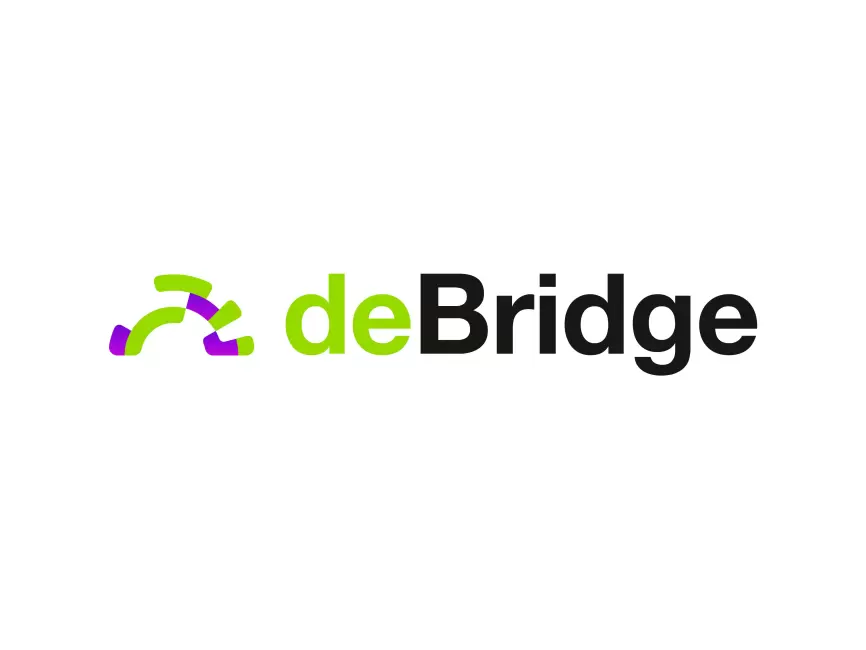Okay, so check this out—I’ve been poking around in the cross-chain space, and honestly, it feels like the Wild West out there. Seriously? One minute, you think you got a handle on how blockchain bridges work, the next minute, you’re knee-deep in jargon and wondering if your coins will ever come back. Wow! That’s how confusing it can get. But here’s the thing: cross-chain swaps aren’t just some flashy buzzword. They’re the future of DeFi, and if you’re like me—someone who’s dealt with a few shaky bridges—you know that picking the right platform makes all the difference.
At first glance, cross-chain swaps appear to be a simple concept: swap assets from one blockchain to another without needing a middleman. But, wait—this is where things get tricky. Not all bridges are created equal. Some have vulnerabilities that could cost you big time. I remember one time, my instinct said «don’t trust this bridge,» and guess what? I dodged a bullet. My gut feeling saved me from a potential loss.
It’s not just about moving tokens across chains. It’s about speed, security, and trust. And in my experience, the only way to really get that trio right is through decentralized bridges designed with transparency and robust tech. That’s where platforms like the one you can find at the debridge finance official site come into play.
Hmm… I’ve seen a lot of folks jump on bridges that promised the moon but delivered, well, a black hole. You gotta ask yourself: how does this platform handle liquidity? What about the actual swapping mechanism? Is it just wrapping tokens, or does it use something smarter? These questions aren’t trivial. The answers can mean the difference between a smooth swap and a nightmare.
Something felt off about early bridges, especially when they relied heavily on centralized validators. On one hand, centralization can speed things up. But on the other hand, it introduces a single point of failure. And in crypto, that’s a big no-no.
Now, let me share a quick story. I tried using a popular bridge last year that claimed lightning-fast swaps. At first, it was all smooth sailing. But then delays piled up, and fees spiked unexpectedly. The whole experience left me wondering if speed was prioritized over security. It bugs me when platforms hype speed but forget about the user’s peace of mind. That’s exactly why I’m partial to tools that balance both.
Cross-chain swaps have evolved. Early solutions were clunky, often relying on wrapped tokens or custodial intermediaries. But newer platforms, such as the one you’ll find at debridge finance official site, use a more decentralized protocol that aims to minimize trust and maximize efficiency.
I’m biased, sure. But from what I’ve seen, this approach reduces reliance on a handful of validators and spreads risk across a network, making the whole process more resilient. It’s kinda like having multiple locks on your front door instead of just one—makes you sleep better at night.
And here’s where it gets really interesting. The underlying tech behind these bridges isn’t just about moving tokens. It’s about enabling cross-chain smart contracts, multi-chain DeFi strategies, and even NFT interoperability. This is the layer that could unlock a truly connected blockchain ecosystem. The implications? Massive.
Check this out—

Imagine seamlessly swapping assets from Ethereum to Binance Smart Chain, then instantly using those assets within a DeFi protocol on Polygon. No waiting hours, no worrying about custody. Just fluid movement across chains.
But let me be honest: it’s not all sunshine and rainbows. Cross-chain bridges have been targets for hacks, and some losses have been jaw-dropping. The complexity of managing multiple chains introduces risks that are hard to fully eliminate. Even the best bridges face challenges balancing decentralization, speed, and cost.
Initially, I thought more decentralization was the silver bullet. But then I realized that complete decentralization can slow down transactions and inflate costs—sometimes to the point where swaps aren’t practical. Actually, wait—let me rephrase that—it’s about finding the sweet spot between trustlessness and usability. That’s where platforms like debridge finance official site seem to shine.
On a practical level, what users really want is a bridge that’s fast, secure, and easy to use. No confusing interfaces or endless confirmations. I remember telling a friend about a bridge that required multiple manual steps, and they just gave up. That bugs me because user experience is often overlooked in crypto.
So here’s a question that kept nagging me: can cross-chain bridges ever be truly trustless without sacrificing speed? My experience tells me it’s a balancing act, not a perfect solution. But platforms that leverage novel consensus mechanisms, combined with community governance, are getting closer.
And I’m not saying the story ends here. Actually, there are still open questions about how these bridges will scale as more chains come online and DeFi protocols get more complex. Also, regulatory scrutiny might throw a wrench in the works. But for now, if you want to explore cross-chain swaps with a platform that’s built with those concerns in mind, you can’t go wrong checking out the debridge finance official site.
One last thing that’s worth mentioning—liquidity pools on these bridges play a huge role. If liquidity dries up, swaps get delayed or more expensive. Some bridges use incentivized pools to keep things flowing, which is smart but adds complexity for users who want straightforward swaps.
To wrap this scattered brain of mine (not perfectly, because, well, I’m still thinking about it), the cross-chain swap ecosystem is maturing fast. The combination of improved security models, user-friendly interfaces, and deeper liquidity is making it an exciting space to watch—and participate in. You just gotta pick your tools wisely.
Anyway, if you’re the kind of user who needs a safe and speedy bridge for your crypto moves, don’t just jump on hype. Look at the track record, the tech behind it, and yes—check out the debridge finance official site. It’s not perfect, but it’s definitely a step in the right direction.

FeedBack (0)